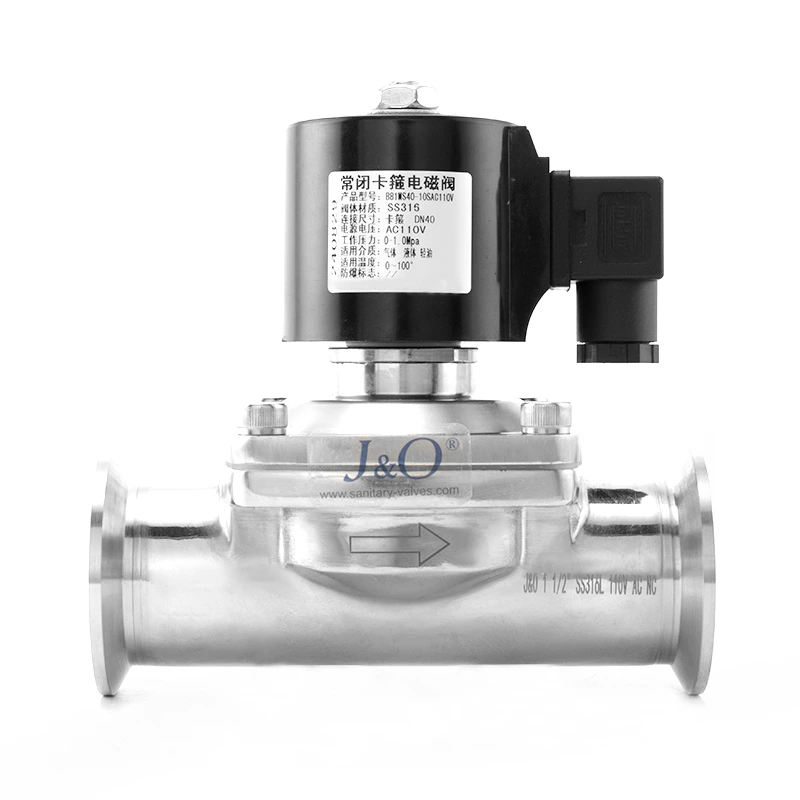To Understand The Use Principle Of Dialysis Diaphragm Valve From The Structural Characteristics
The opening and closing part of Sanitary Diaphragm Valve is a diaphragm made of soft material, which separates the inner cavity of the valve body from the inner cavity of the valve cover and the driving components, so it is called a diaphragm valve. It is a special form of cut-off valve that appeared in the 1920s. It has the following characteristics:
The outstanding feature is that the diaphragm separates the inner cavity of the lower valve body from the inner cavity of the upper valve cover, so that the valve stem, valve disc and other parts above the diaphragm are not corroded by the medium, the packing sealing structure is omitted, and there will be no leakage of the medium.
1. The diaphragm made of soft seals such as rubber or plastic has good sealing performance. Since the diaphragm is a wearing part, it should be replaced regularly according to the characteristics of the medium.
2. Due to the limitation of the diaphragm material, the diaphragm valve is suitable for low pressure and relatively low temperature occasions.
3. Diaphragm valves can be divided into six types according to their structural form: house type, direct current type, stop type, straight-through type, gate type and right-angle type; the connection form is usually flange connection; according to the driving mode, they can be divided into three types: manual, electric and pneumatic, among which pneumatic drive is divided into three types: normally open, normally closed and reciprocating.
4. It is generally not suitable for use in pipelines with temperatures above 60 degrees and for conveying organic solvents and strong oxidizing media, nor in pipelines with higher pressures.
Due to the structural design of the diaphragm valve itself, it is particularly suitable for ultra-pure media or heavily polluted, very viscous liquids, gases, corrosive or inert media. When combined with control equipment, diaphragm valves can replace other traditional control systems, especially for solid and easily contaminated inert media. The products are mainly used in biopharmaceutical, food, industry; as well as industrial water treatment in power, chemical, electroplating and other industries. They are also used in the production of wafers. Diaphragm valves are particularly suitable for transporting corrosive and viscous fluids, such as mud, food, medicine, fibrous adhesives, etc. Because the operating mechanism of the diaphragm valve is not exposed to the transported fluid in the pipeline, it is non-polluting, does not require packing, and the valve stem packing part is unlikely to leak.
Working principle: The closing and opening of the diaphragm valve is achieved by the pressure from the pipeline acting on the reinforced rubber diaphragm. When the pressure medium enters the valve control chamber, the diaphragm is pressed down to close the valve channel. When the control chamber pressure is discharged to the atmosphere or downstream pipeline, the diaphragm rises and the valve channel is opened. The valve has no valve stem, sealing gasket, directional seat, etc. The moving part in the channel is the diaphragm, so there is no rust and locking phenomenon, and it has higher stability. A variety of structural forms and control forms can be applied to a variety of fluid control needs.
